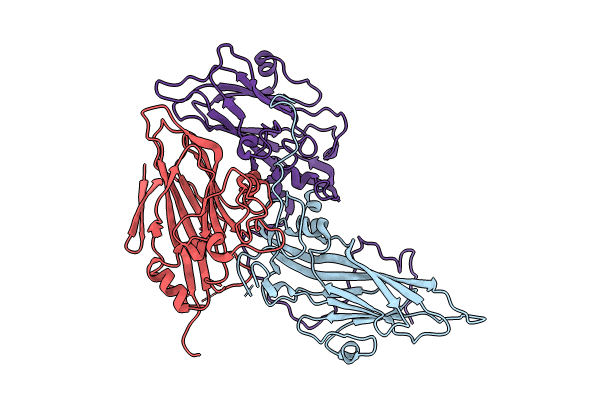
Deposition Date
2024-05-31
Release Date
2024-07-31
Last Version Date
2025-10-01
Method Details:
Experimental Method:
Resolution:
3.01 Å
Aggregation State:
PARTICLE
Reconstruction Method:
SINGLE PARTICLE


